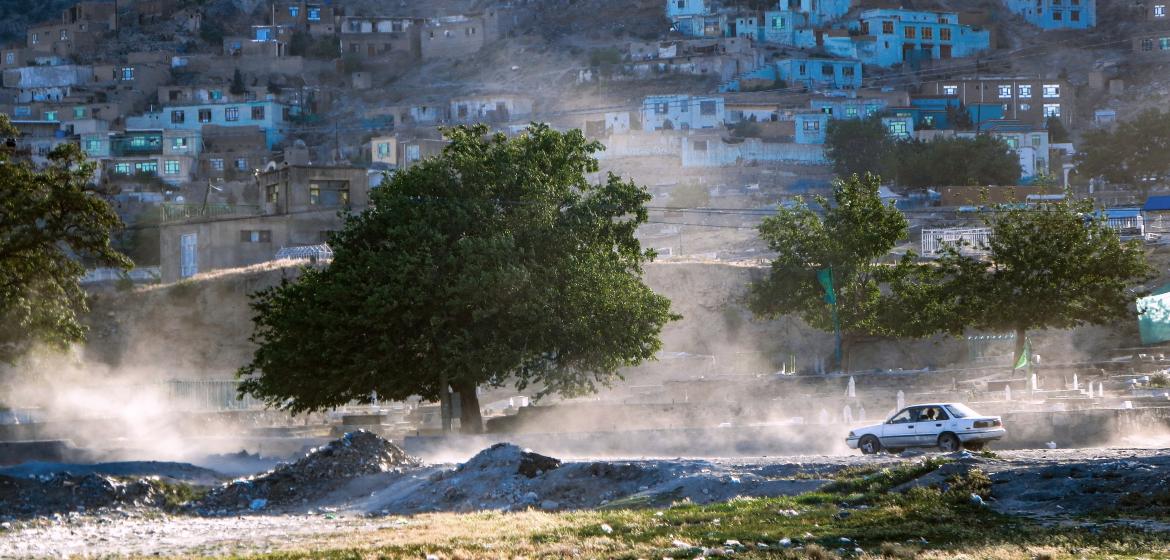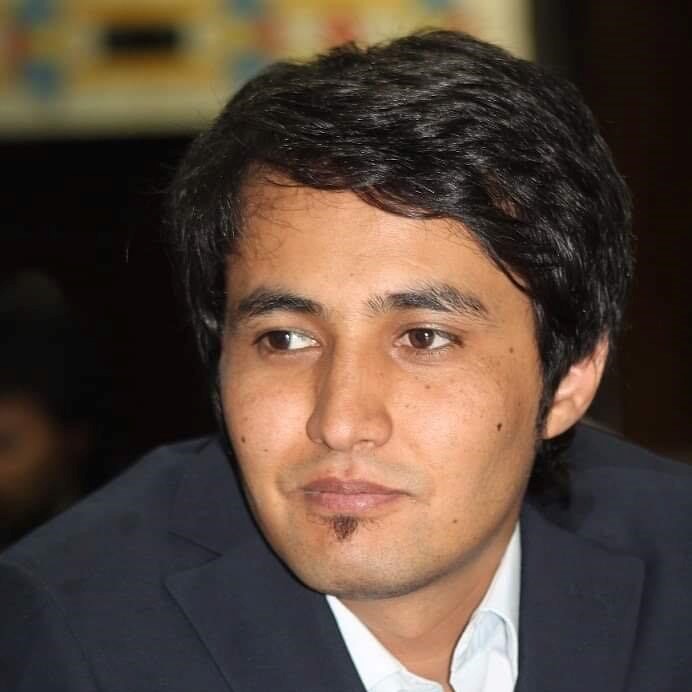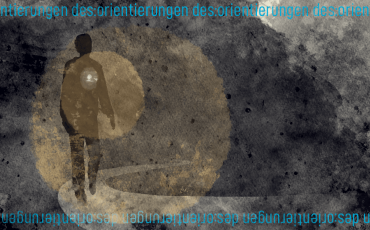Confusion and uncertainty, anxiety, hopelessness. Atiq Rahimi recounts in exile the events before and after the fall in Kabul and demands accountability from former Afghan leaders.
Kabul, the capital of Afghanistan, fell to the Taliban on August 15, 2021. And with it the whole country. In the last months prior to this dark day, people in Kabul were confused and wondered what the results would be of the intra-Afghan peace negotiations and the fast-approaching deadline of US and NATO troops complete withdrawal. Both the negotiations between the US and the Taliban in 2020 and the subsequent intra-Afghan negotiations that continued until mid-2021 were held behind closed doors in Doha, Qatar. We, the Afghan citizens, only saw the scary faces of the Taliban leaders with their dark looks on TV screens talking to representatives of the United States and Afghan government negotiators. No information was surfacing of this so called “peace negotiations “, that could ensure a safe future for the Afghan people.
During the intra-Afghan negotiations, Taliban insurgents were targeting prominent civil society activists, human rights defenders, and journalists who had an anti-Taliban stance. At least 14 activists and journalists were shot dead. All too familiar with large scale human rights violations during the first Taliban rule (1996-2001), Afghanistan's civil society and advocacy groups emphasized on inclusive government, protection of women's and human rights and those of minorities, and preserving the achievements of the past two decades. However, none of these concerns were heard.
Rumours and Fears
Weeks before August 15, despite the fear and confusion that loomed in Kabul, the cafes and bazaars were still lively. I too used to see my friends almost every evening after work in cafes and restaurants. We were worried about the situation and agreed that we should all emigrate. According to reports, the Taliban had surrounded big cities of Afghanistan like Kabul, Herat, Mazar, Kandahar and Jalalabad and Kabul might fall in the next few months.
At this time, there were more and more private gatherings; all those who were aware of the situation did not like to bear this horrifying time alone. Amid friendly conversations, most of the discussions were about changes on the battle field, the advance of Taliban forces towards the cities and different scenarios of possible resistance. We all feared a civil war.
Many of my friends, that were involved with politics, suspected that president Ashraf Ghani would hand over the government and all its institutions to the Taliban simply because of his ethnic belonging to the same tribe as the Taliban leaders. In fact, Ghani left a strong ethnicity stance in Afghan politics within his two presidential terms, while he was concentrating all powers in his hands. This scenario came true on August 15, 2021 when he cowardly fled the country, which allowed the Taliban to take over Kabul.
The Fall of Kabul
August 15, 2021 – My colleagues and I came to the office of a national NGO that we worked for. During the lunchbreak, we talked about how major cities like Mazar-e-Sharif in the north, Herat in the west and Kandahar in the south fell to the Taliban one by one in the past week. We were all extremely anxious and worried. However, there was still hope that Kabul would resist because of the large number of Afghan and US troops in the city.
Meanwhile, rumors spread on social media about the Taliban entering the city. We were all startled. My colleague and I took our employment records and headed home. When we got to the newly renovated Dar al-Aman Palace we noticed that young soldiers who seemingly had just returned from war, were entering in a hurry one of the large army camps in the back of the palace with their uniforms and military vehicles to hand over their weapons. At the same time, another group of soldiers was leaving the garrison with civilian clothes. It was a total surrender.
Then we saw one of the army's Humvees parked near the road. A small unit of army forces were transferring one of its machine guns to a private car. After having seen these scenes, we all lost hope and realized that the Afghan army and security forces disintegrated instantly and that Kabul could fall to the Taliban at any moment.
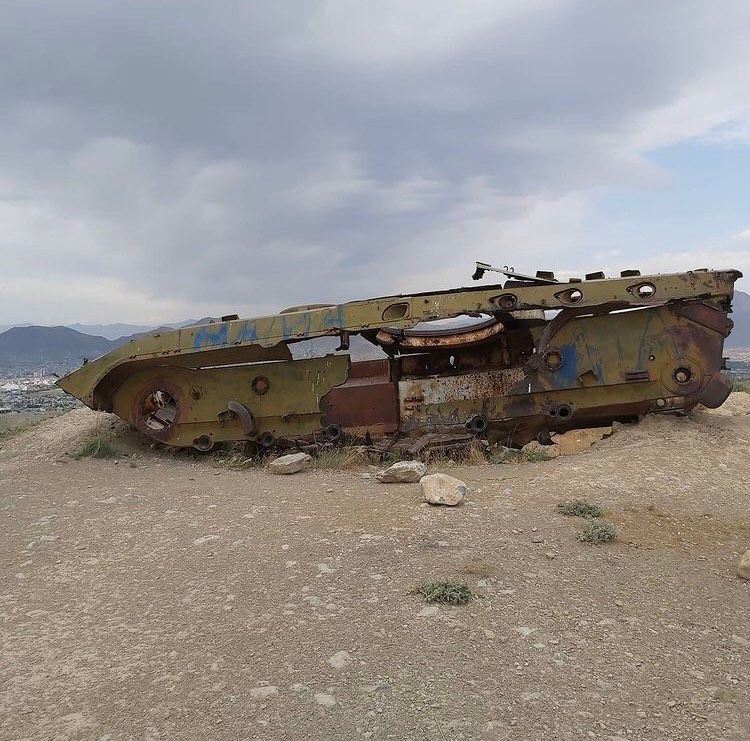
That day President Ashraf Ghani fled the country and by the evening all news agencies announced the entry of Taliban forces into the Presidential Palace.
The Afghan government had all the means and international support necessary for survival, but Ghani and his corrupt system could not control the situation. His legacy is the documented death of 45,000 Afghan security forces in the first term of his presidency and systematic corruption that crippled the governance. He discredited people's trust in democratic processes with the electoral fraud he was accused of. His ethnicity policies destroyed the tolerance that the people had worked so hard for in the previous two decades.
When US and NATO forces left Afghanistan, it was the responsibility of the country’s politicians and leaders to protect the interests of its people. Instead, they miserably fled the country, abandoning local forces who were fighting against the Taliban in their areas. At the end Ghani and his corrupt apparatus surrendered the Afghan people to a terrorist group.
Evacuation process
As soon as Kabul fell, the evacuation process began at full speed. US and NATO wanted to withdraw their local partners and allies from Afghanistan quickly. Flights of military aircrafts continued to roar over Kabul’s sky days and nights.
In the first days, a strange feeling of fear and despair reigned the city. My brother and I had worked with foreigners as part of development projects for years, and my sister was a journalist. We were not safe. We coordinated with our colleagues and friends outside of Afghanistan to get on the evacuation list as soon as possible. Thousands of people were desperately trying to escape from Afghanistan through Kabul airport.
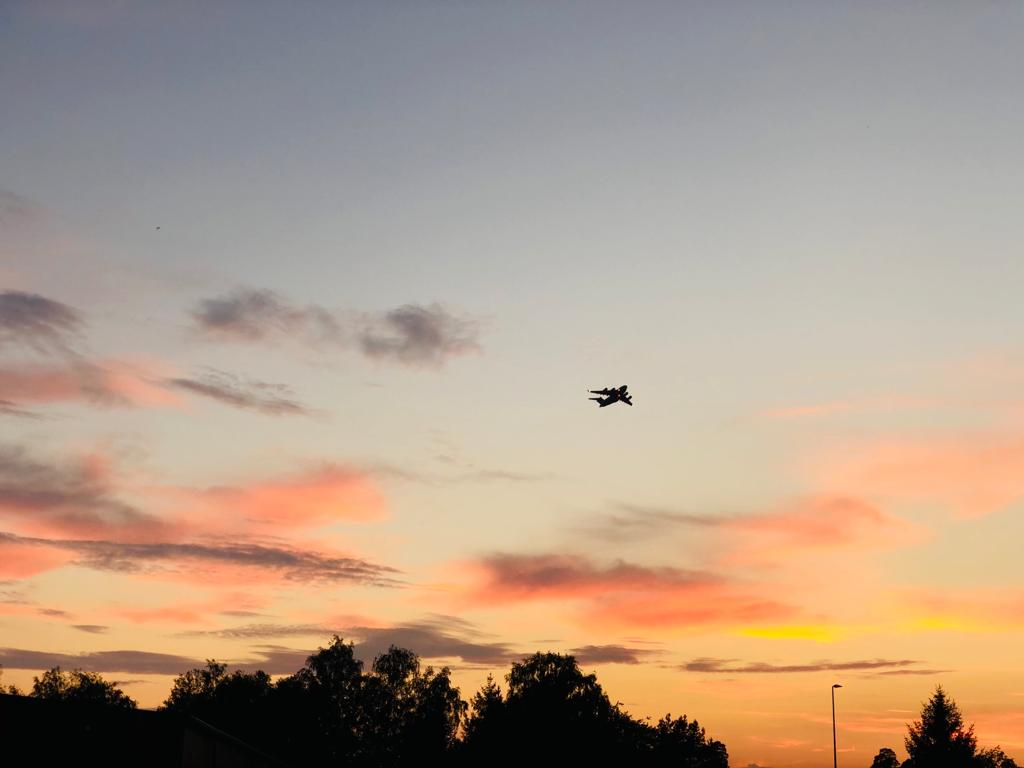
After almost two weeks, I was finally put on the list of evacuees and had to make my way to the airport. When I reached the gate of the airport, I realized the mess there was: thousands of people, including women, men, and children, were lined up at the airport gates. Hundreds of people were sleeping in fields nearby the airport, waiting to get inside. For three hours I followed a road that led to NATO forces; I was exhausted, but there was no chance to turn back. All the people were stuck together. At the end of the road, I discovered a shallow mud river separating the people and the foreign forces, that everybody had to cross to get to their documents checked. After reviewing my papers, the foreign troops took me out of there. All wet and muddy, I leaned against a wall to wait for the next stage. A few hours later, I found myself in a military aircraft with other evacuees. I just realized I was forced to leave my country and Kabul with just a backpack.
On the next day, when I safely reached a refugee camp, a suicide bomber attacked the same gate and mud river that I had crossed a day earlier. Over one hundred people were killed. After this incident, the process of evacuation from Kabul was stopped. The memory of that mud river and the subsequent blast remains like a nightmare for those who crossed it.
In the following weeks, I lived with about two thousand other Afghans in one of the refugee camps in the Netherlands. Many were in a state of shock, I was very anxious and worried about my family as well. Fortunately, the evacuation process resumed from Mazar-e-Sharif, in the north. My family was on evacuee lists so they had to make their way to Mazar. After a few weeks they were evacuated.
Today I live alone in a town nearby Amsterdam, while my mother, sister and brother were brought to a different country. Like thousands of other Afghans who are forced to flee their home country, I am going through the integration process, trying to begin a new life here. But the great sadness of losing my country and the life we built in Kabul is still with me and I think it will always stay with all of those who left Afghanistan with no chance to return.
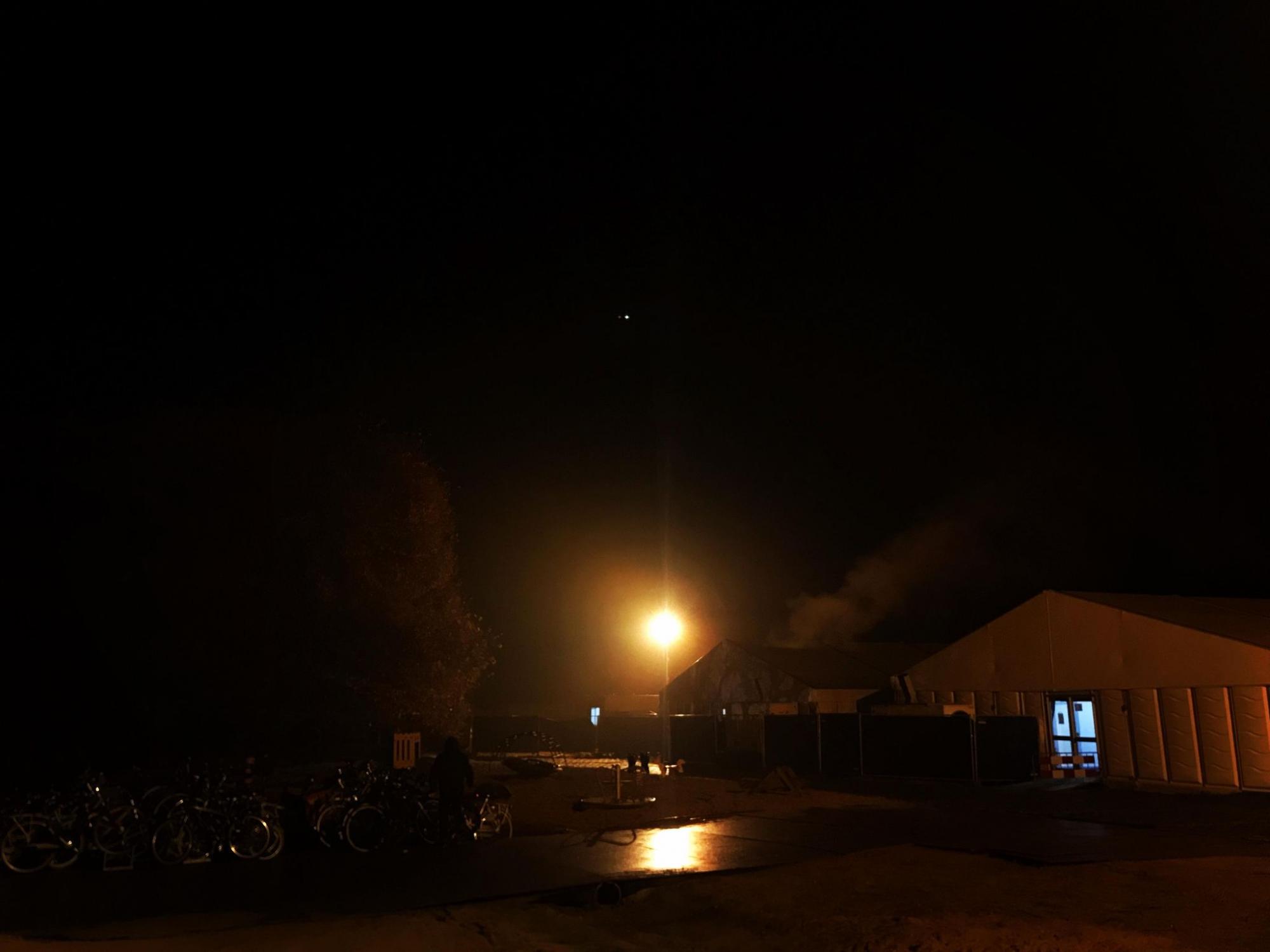
The Second Taliban rule
One year has passed since the Taliban took over Kabul. In this one year all our concerns about the return of the Taliban have come true. They have not changed at all, on the contrary, their actions have become even more brutal and more violent.
Sadly, the biggest losers of the Taliban’s return to power are Afghan youth

